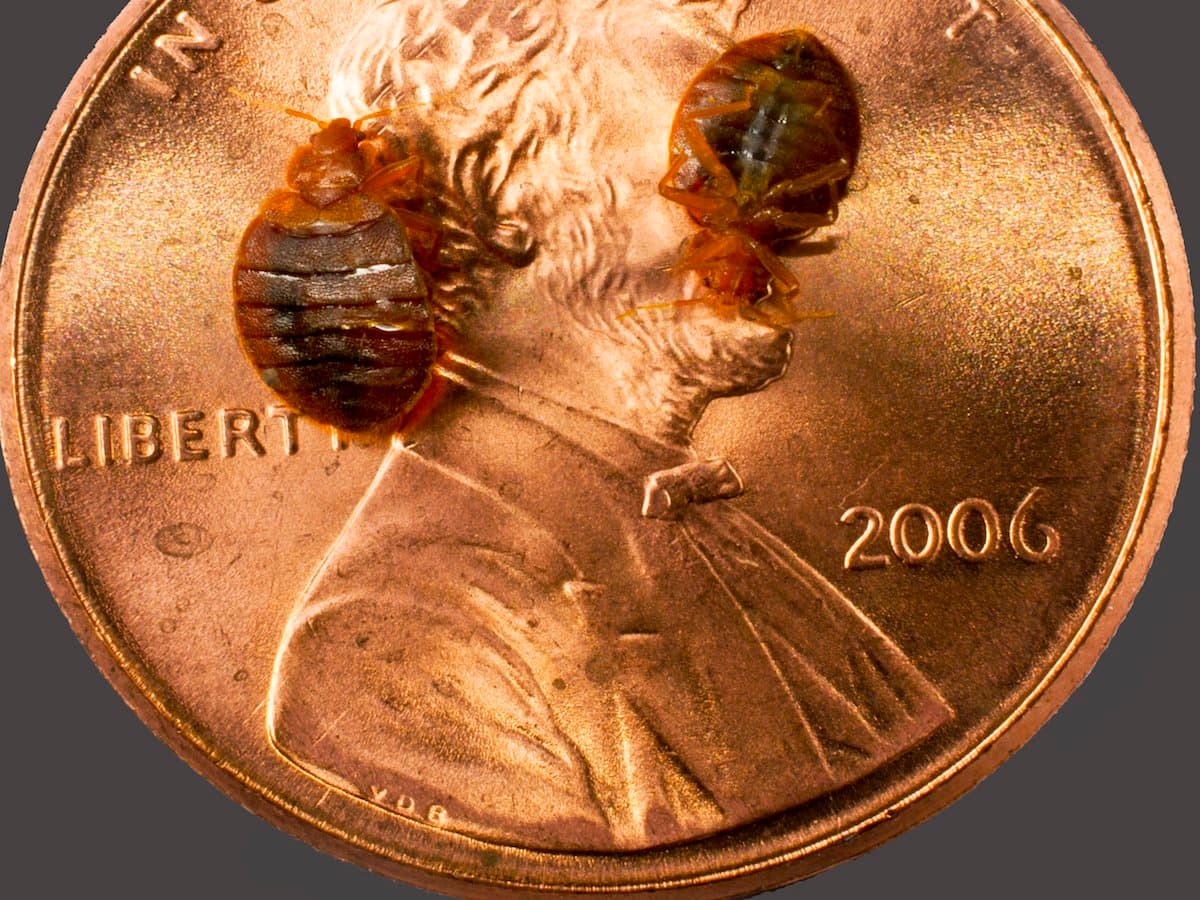Expert A1 Bed Bug Exterminator in Houston - Reliable Solutions
Expert A1 Bed Bug Exterminator in Houston - Reliable Solutions
Blog Article
Recognizing the Lifecycle of Pests for Targeted Control Approaches
Comprehending the lifecycle of bugs is an essential element of effective pest administration methods. Through a deeper understanding of how pests evolve and flourish, customized control methods can be created to deal with specific points in their lifecycle, eventually leading to more successful insect monitoring results.
Value of Understanding Bug Lifecycle
Recognizing the lifecycle of insects is vital for establishing efficient and targeted control methods in parasite monitoring. By comprehending the various phases a pest goes via from egg to adult, bug control professionals can identify susceptible points in the lifecycle where intervention can be most successful.
In addition, recognizing the certain ecological problems necessary for each phase of the bug's lifecycle can direct decisions on habitat modification or exclusion methods to minimize and interrupt the lifecycle parasite populaces. This understanding allows pest management professionals to execute positive steps rather than counting exclusively on responsive therapies, causing more lasting and long-term parasite control remedies. Ultimately, a complete understanding of pest lifecycles encourages insect control practitioners to tailor their strategies properly, lessening ecological influences and making best use of control results.
Key Stages in Bug Growth
To properly carry out targeted control approaches in insect monitoring, a vital aspect lies in adequately recognizing and comprehending the key stages in bug growth. Parasite growth commonly consists of a number of crucial stages that are essential for their lifecycle and monitoring.

Susceptabilities in Parasite Lifecycle
Throughout the numerous phases of an insect's lifecycle, distinctive susceptabilities emerge that can be tactically targeted for reliable control steps. One critical vulnerability lies in the egg phase, where bugs are often a lot more at risk to certain insecticides or organic control representatives as a result of their soft outer shell, making them less complicated targets for treatment. Additionally, the nymph or larval phase offers vulnerabilities as parasites undergo quick growth and advancement, needing high power consumption that can be manipulated by disrupting their food resources or presenting development preventions. Pupal stages, characterized by stability and improvement, use a home window for targeted control via physical barriers or particular treatments that hinder successful appearance. Adult parasites, while a lot more durable due to their reproductive capacity, can still be at risk throughout mating or egg-laying activities, which can be interrupted through pheromone catches or sanitation techniques. Comprehending website link these vulnerabilities in the parasite lifecycle is necessary for creating efficient and accurate control techniques that efficiently manage bug populaces while minimizing ecological impact.
Executing Targeted Control Steps

Carrying out targeted control actions commonly involves a i thought about this multi-faceted approach. This may include habitat adjustment to make the setting less friendly to insects, such as removing standing water for mosquito control or sealing entrance factors for rodents. Additionally, organic control approaches can be used, where all-natural predators or virus are presented to maintain pest populaces in check.
Integrated Pest Administration (IPM) techniques that combine numerous control measures in a coordinated and lasting manner are frequently the most effective in attaining long-lasting parasite monitoring objectives. By implementing targeted control steps based on a thorough understanding of pest lifecycles, pest populaces can be properly controlled while reducing risks to human health and wellness and the atmosphere.
Improved Pest Monitoring Practices

In addition, the incorporation of organic control representatives, such as natural killers or microorganisms of pests, can help minimize reliance on chemical pesticides and promote an extra well balanced ecosystem. Applying physical obstacles and catches can additionally belong to boosted insect administration methods, providing non-toxic and targeted remedies for look at more info parasite control. Additionally, the use of pheromones and other semiochemicals can interrupt pest breeding patterns and communication, bring about lowered pest populaces with time.
Verdict
By recognizing vital phases in pest development and vulnerabilities in their lifecycle, targeted control procedures can be implemented to lessen insect populations. Improved insect administration techniques can assist reduce the dependence on broad-spectrum chemicals and promote more ecologically friendly and sustainable bug control techniques.
Comprehending the lifecycle of bugs is necessary for creating efficient and targeted control methods in pest administration. By understanding the various stages a pest goes through from egg to grownup, pest control specialists can recognize vulnerable points in the lifecycle where intervention can be most successful. Eventually, a complete understanding of bug lifecycles empowers insect control experts to tailor their strategies successfully, optimizing and minimizing environmental influences control results.
By executing targeted control procedures based on a detailed understanding of pest lifecycles, parasite populaces can be properly regulated while reducing risks to human health and the environment.
By identifying crucial stages in bug advancement and vulnerabilities in their lifecycle, targeted control actions can be applied to minimize pest populaces.
Report this page